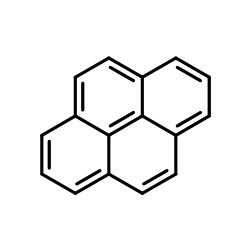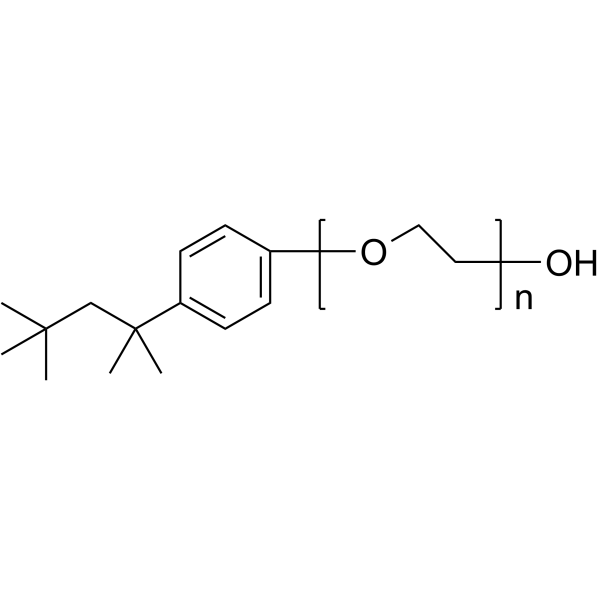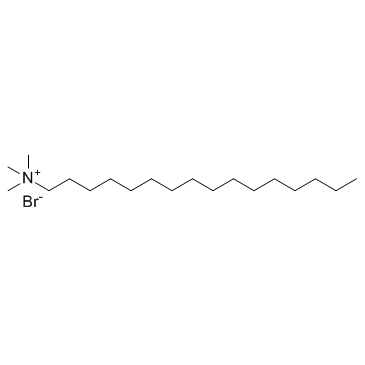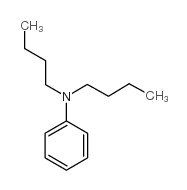| Structure | Name/CAS No. | Articles |
|---|---|---|
 |
sodium dodecyl sulfate
CAS:151-21-3 |
|
 |
Pyrene
CAS:129-00-0 |
|
 |
Triton X-100
CAS:9002-93-1 |
|
 |
Hexadecyl trimethyl ammonium bromide
CAS:57-09-0 |
|
 |
N,N-DIBUTYLANILINE
CAS:613-29-6 |